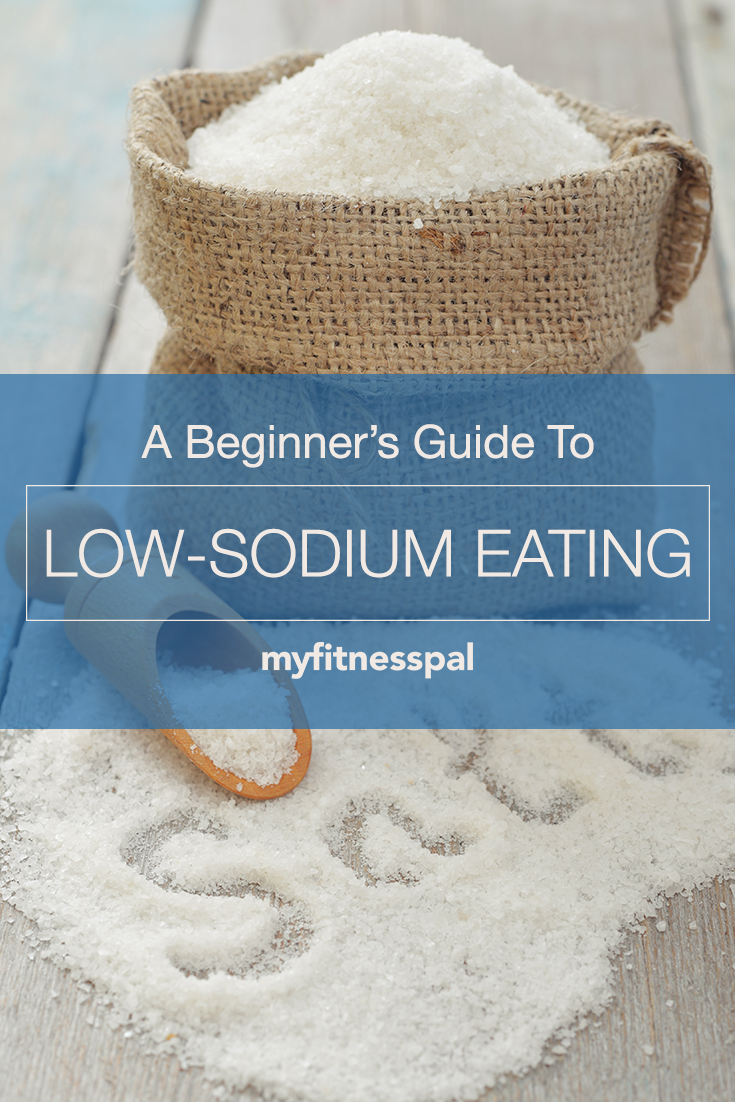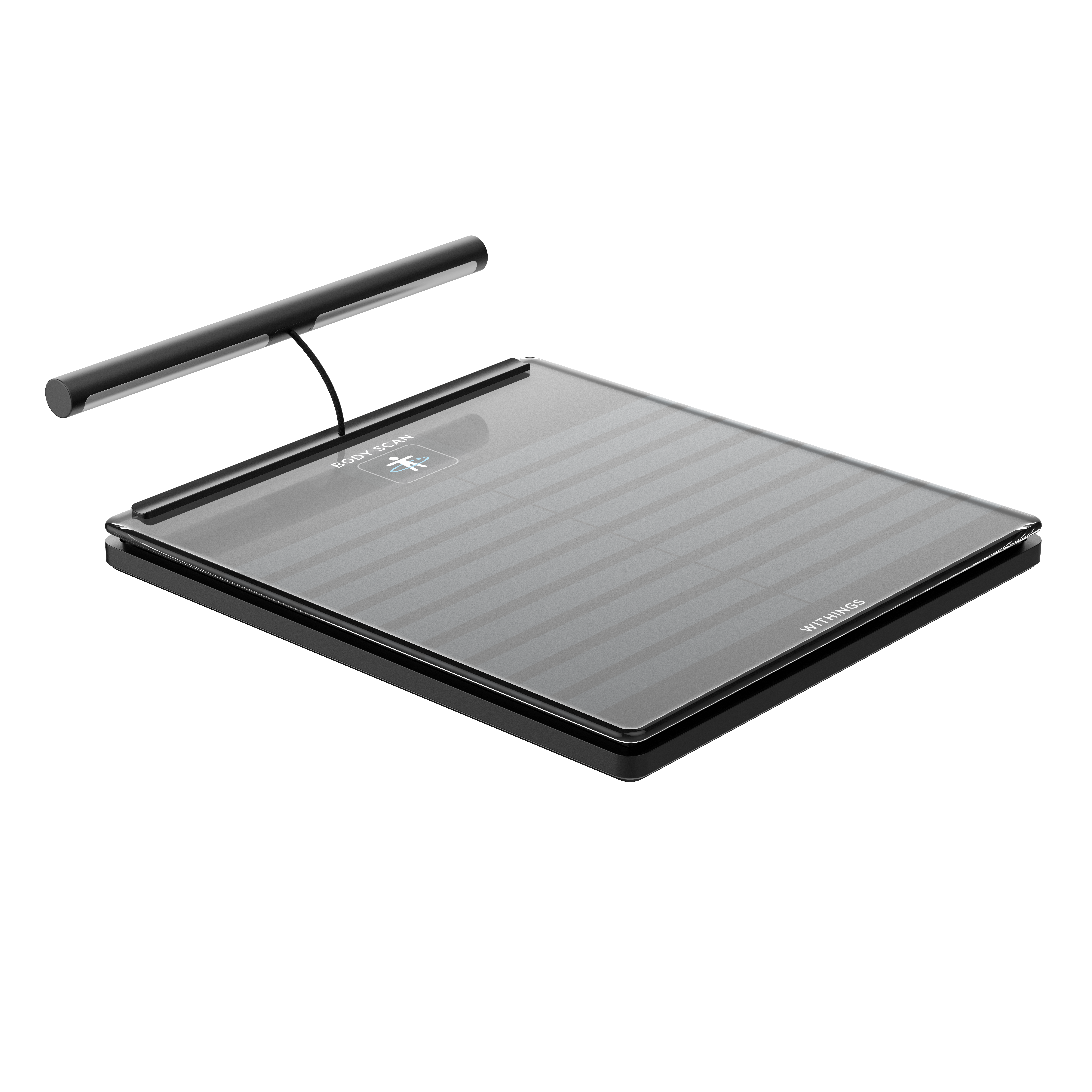
Find out why too much salt is a problem how much is a problem, and how to easily cut the excess from your diet.
Beginner’s Guide to Low-Sodium Eating

If you’re trying to ditch salt from your diet, you’ll find you’re not alone. It’s very common advice given by doctors for the 30% of Americans and the 40% of the global community suffering from high blood pressure. Even though it’s a common diagnosis, high blood pressure is a huge risk factor for heart issues down the line.

One way that you can address high blood pressure is to review the amount of salt in your diet. Salt is a key player in cooking because it enhances flavors, masks off flavors, and helps preserve foods beyond their standard shelf life (think smoked, cured and pickled foods). But, when it comes to heart health, salt (or sodium-chloride) receives much of the blame because it’s high in sodium.

Sodium is a major electrolyte; it’s role is to regulate fluid balance, and help with muscle contraction and nerve signaling. Because it affects fluid balance, sodium also affects your blood pressure. High-sodium diets are linked to higher blood pressure.
Simply speaking, this is because water likes to follow sodium. The higher the sodium in your blood, the more water is retained in your blood—this leads to increased pressure in your vessels as blood is pumped out by the heart. Over time, increased blood pressure in your vessels can damage the vessel wall, initiating a chain of events that could lead to cardiovascular problems (think stroke, heart failure, kidney issues). The key words here are “chain of events” because blood pressure is one factor (though an important one) in many that affect your overall heart health.

Current dietary recommendations limit sodium to 2,300 milligrams per day for both men and women—but the average American is used to eating upwards of 3400 milligrams per day. For those at risk for heart disease, which includes people over 50 year,s old and anyone with high blood pressure, diabetes or chronic kidney disease, the sodium limit is 1,500 milligrams per day.
Keep a look out for new recommendations since the dietary guidelines will be changing soon. Eating about 2,300 milligrams of sodium per day is helpful at slashing your risk for heart disease, but eating any less than 1,500 milligrams yields no benefit.
Additionally, some people are less “sodium sensitive” than others. Those without sensitivity can eat more sodium, and it won’t raise their blood pressure as much. It’s a genetic thing, and it’s hard to know where you stand without first getting tested, so the best thing to do is the most conservative thing: mindfully trim sodium from your diet.

Sodium is found almost everywhere in the diet, so if you’re keeping an eye on your sodium counter, you probably know you don’t need to eat salt to go overboard on your sodium levels. To help you stay within your sodium goals, here are some tips:
1. Slash your sodium slowly. Figure out what your typical sodium intake is and make it a first goal to slash 1,000 milligrams per day. Why? Because if you’re used to eating at a saltiness level of 4,000 milligrams per day, you won’t enjoy your food when you start eating a 2,300 milligram sodium diet. You need to give your tongue time to readjust. Then, slash until you’re at your goal (We suggest 2,300 mg per day if you’re a healthy adult).
2. Steer clear of processed foods and buy fresh when possible. About 75% of the sodium you get from your diet comes from processed food. The rule of thumb is that the more processed a food is, the more sodium it contains because there’s more opportunity to introduce sodium.
Here are two examples of how an unprocessed peach and a tomato accumulate sodium as they become more processed:

3. Practice low-sodium cooking. Cooking your own meals is one of the best ways to control the amount of sodium in your food. When preparing your own foods, follow some of these tricks to keep your meal as low in sodium as possible:
- Rinse all canned beans and vegetables under cold water before cooking with them.
- Hold the salt, and season with herbs and spices instead. Rosemary, oregano, basil, cayenne pepper, paprika, ginger, garlic, black pepper, chili powder, lemon zest, and so forth are just some of the inspiring ways to add flavor without upping sodium.
- Use citrus juice and vinegars in place of salt in sauces and marinades.
- When baking, add less baking soda or baking powder since these rising agents contain a fair amount of sodium.
| FOOD (PER 1 TEASPOON) | CALORIES | SODIUM (MG) | %DV* |
|---|---|---|---|
| Salt | 0 | 2,300 | 100% |
| Baking Powder | 0 | 350-500 | 15-20% |
| Baking Soda | 0 | 1,250 | 55% |
* % daily value is based on 2,300 milligrams sodium per day.
Switch your sodium radar to the ON position when you’re shopping for these foods at the supermarket:
| CHEESES | CURED & SMOKED MEATS | ||||||
|---|---|---|---|---|---|---|---|
| Food (serving size) | Calories | Sodium (mg) | %DV | Food (serving size) | Calories | Sodium (mg) | %DV |
| Cottage cheese (½ cup) | 92 | 348 | 15% | Deli meat, Turkey (3 oz) | 95 | 1,022 | 44% |
| Parmesan (1 oz) | 111 | 390 | 17% | Ham (3 oz) | 60 | 590 | 26% |
| Bleu Cheese (1 oz) | 100 | 325 | 14% | Corned Beef (3 oz) | 213 | 763 | 33% |
| American (1 oz) | 94 | 364 | 16% | Smoked Salmon (3 oz) | 99 | 371 | 16% |
| Romano (1 oz) | 110 | 406 | 18% | Bacon (3 oz) | 350 | 556 | 24% |
| PICKLED SIDES | SALTY SNACKS | ||||||
| Food (serving size) | Calories | Sodium (mg) | %DV | Food (serving size) | Calories | Sodium (mg) | %DV |
| Pickles (4 chips) | 27 | 137 | 6% | Pretzels (1 oz) | 110 | 450 | 20% |
| Sauerkraut (1/4 cup) | 7 | 235 | 10% | Microwaved popcorn (1/2 popped bag) | 242 | 332 | 14% |
| Relish (1 tablespoon) | 20 | 122 | 5% | Saltines Crackers (1 oz) | 119 | 267 | 12% |
| CONDIMENTS | BROTHS | ||||||
| Food (serving size) | Calories | Sodium (mg) | %DV | Food (serving size) | Calories | Sodium (mg) | %DV |
| Ketchup (2 tablespoons) | 34 | 308 | 13% | Chicken broth (1 cup) | 15 | 924 | 40% |
| Steak Sauce (2 tablespoons) | 32 | 560 | 24% | Vegetable broth (1 cup) | 12 | 940 | 41% |
| BBQ Sauce (2 tablespoons) | 58 | 349 | 15% | Beef broth (1 cup) | 17 | 893 | 39% |
| Italian dressing (2 tablespoons) | 71 | 292 | 13% | ||||
| Soy sauce (2 tablespoons) | 17 | 1758 | 76% | ||||
Source: USDA Nutrient Database
4. Know your sodium labels. Understanding the label lingo that goes into buying canned or packaged goods will help you trim sodium from your diet. Here’s a couple of terms for you to watch out for when you’re at the supermarket:
- Sodium Free: Less than 5 milligrams of sodium per serving.
- Low Sodium: 140 milligrams or less of sodium per serving.
- Very Low Sodium: 35 milligrams or less of sodium per serving.
- Lightly Salted: 50% less sodium was added to this food, compared to the same serving size of the original food.
5. Track your sodium in MyFitnessPal. Check the “reports” tab in the MyFitnessPal app to see if you stayed within your sodium goals for the day. The app sets your sodium limit at 2,300 milligrams per day, but you can lower this goal manually if needed. If you accidentally blow your sodium limit for the day, don’t worry, you’re not doomed! Look back at your diary to figure out which foods were highest in sodium, and use tomorrow as an opportunity to troubleshoot. Remember that your blood pressure is a number that depends on more than just your sodium intake.
Do you follow a low-sodium diet? If so, share your tips and tricks in the comments below.


